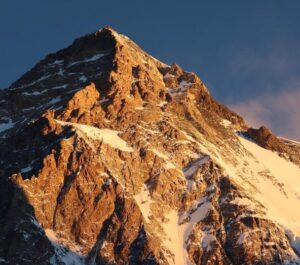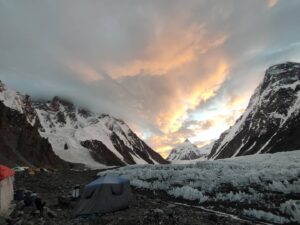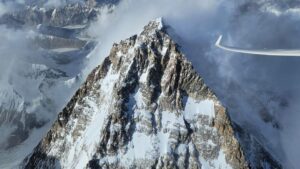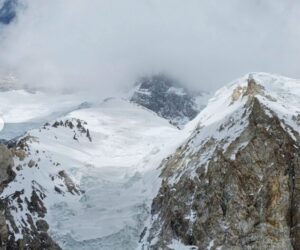Death rates are decreasing, summits are increasing, and the north side of the mountain gains momentum.
On the 4th of December the Himalayan Database updated their all-time statistics for Mount Everest. The latest deep dive from Alan Arnette builds on his excellent Everest 2017 recap to examine these stats and have a look at the bigger picture.
There’s some fascinating stats available. Since the first summit attempt in 1921, and running through to June 2017, a total of 4,833 different individuals have reached the summit of Everest, with a grand total of 8,306 summits between them. During the same time period there have been 288 recorded deaths, giving a median of 4 per year. The majority of these deaths occur on the south side of the mountain in Nepal, but this side of the mountain attracts a much higher volume of climbers. To account for this Alan looks at death rates, and the numbers are in fact fairly even, with a 3.4% death rate on the south side and a marginally lower 3.3% rate on the north side in Tibet.
27% of the total deaths on Everest have occurred on “non-standard routes”, meaning on routes other than via the south-east ridge or the north-east ridge. Incredibly, of the 8,306 total summits only 265 have been on these non-standard routes, so the 27% figure is shockingly high. This demonstrates why most commercial operations use the two standard routes, in order to ensure the highest safety standards and minimize the risk to clients.
While the debate about supplemental oxygen use rages on in the climbing community, Alan points out that it remains rare to summit Everest without any supplemental oxygen at all. In fact there have only been 208 recognized summits without supplemental oxygen use. The death rate for summit attempts without oxygen is unsurprisingly higher – nearly double, in fact. However, the sample size is very small.
When comparing the death rate on Everest to other 8,000m peaks we can see that it remains a comparatively safe place to climb, with a rate of just 1.23. By way of comparison Annapurna is the most deadly 8,000m peak, with a death rate of 3.91, which is approximately 1 death for every 3 successful summits.
In terms of the total number of climbers, the south side remains more popular, but growth seems to have slowed. The north side of the mountain is gaining in popularity at a fairly rapid pace, leading Alan to postulate that within a few years “the Tibet side may overtake Nepal, along with the crowding issues.”
Over on his website Alan takes an in-depth look at a fascinating array of other statistics from the update, including reasons for summit terminations and the increase in Sherpa summits, driven largely by higher ratios of guides/Sherpas to clients in commercial Everest operations. Head over to his website to read more here.
Previous / Links:
Everest 2017: More Crowded and More Expensive
Alan Arnette’s Everest by the Numbers






